Why it’s always been so hard for girl bands to get their style right
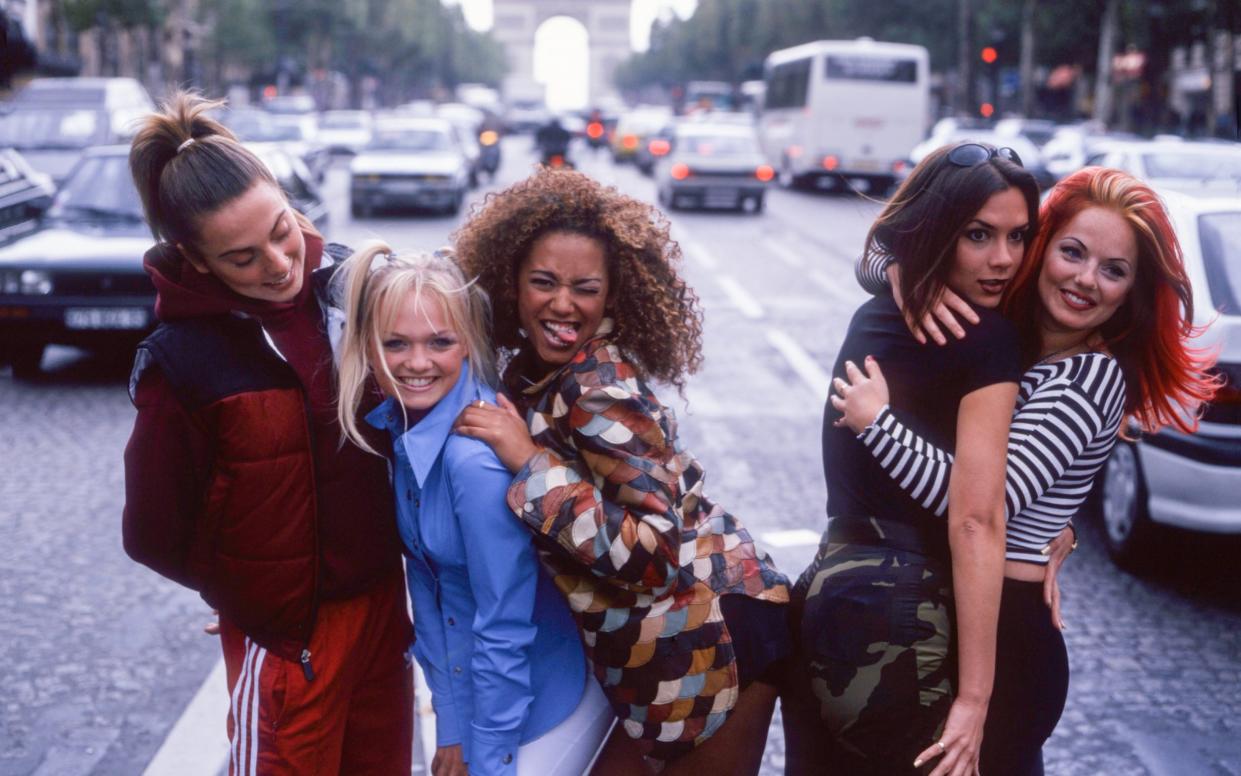
- Oops!Something went wrong.Please try again later.
- Oops!Something went wrong.Please try again later.
Unless you are cloth-eared and have zero interest in fashion, it’s highly likely that at some point in your life, your wardrobe will have felt the influence of your favourite girl band. How ravishing or ridiculous you looked will likely depend on when you came of age. For teenagers in the 1980s, popular pin-ups included Bananarama and the Bangles. No matter that the former were British and the latter American: both were united by their dogged allegiance to cropped tops, colourful hair ties, thick eyeliner, multiple necklaces and a thatch of back-combed hair of such crispy, gravity-defying magnitude that it’s a wonder we have any ozone layer left at all.
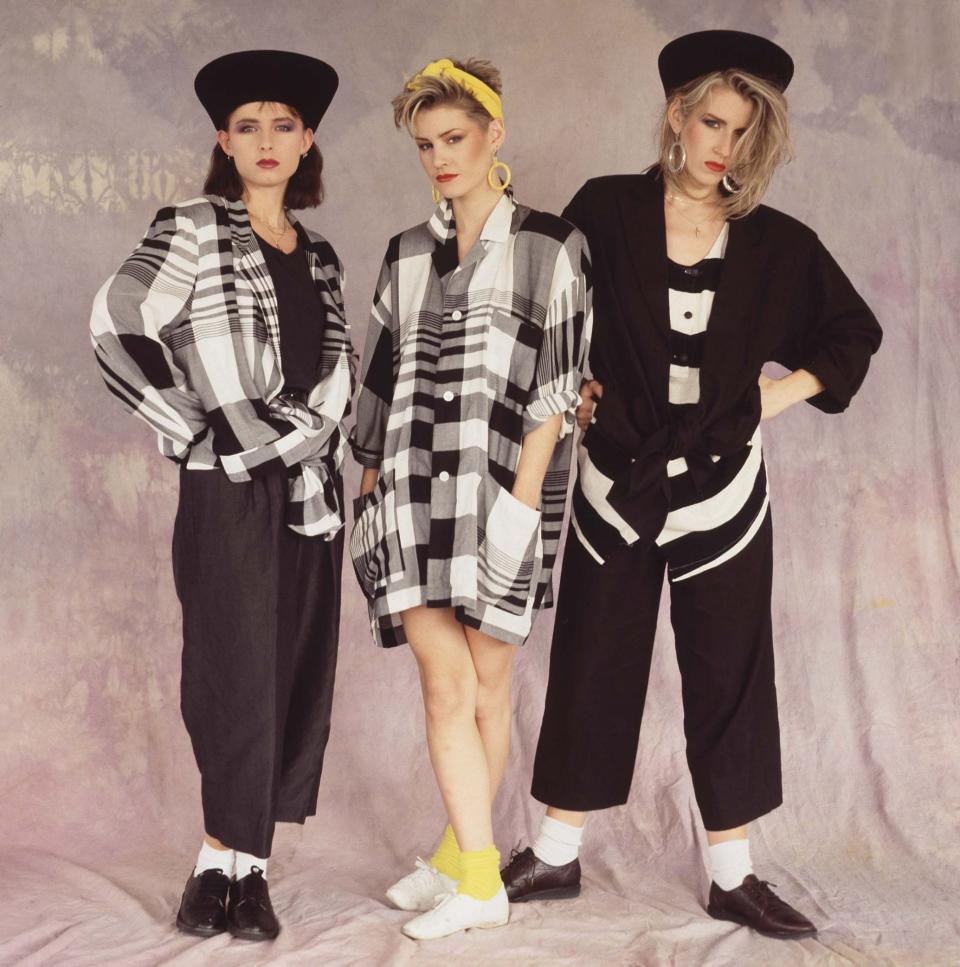
It would be a stretch to call the girl bands of the 1980s “chic”, and nor did they want to be. Rather than being the pop industry essential that they are now, personal stylists were few and far between. There were no highly paid image-makers on retainers: band members styled themselves, even after they became famous. In Netflix’s Wham! documentary, Andrew Ridgeley memorably recalled how he and George Michael had two outfits they’d circulate between them. “There’s a certain energy through the naffness,” he observed.
Fast-forward 30 years, and naffness has no place in pop culture. Girl bands are big business these days, and competition among luxury fashion houses to dress the most successful acts is fierce. When the K-pop band Blackpink were presented with MBEs by King Charles III during a state visit by South Korean president Yoon Suk Yeol this week, the four female members looked as smart, chic and co-ordinated as any royal.
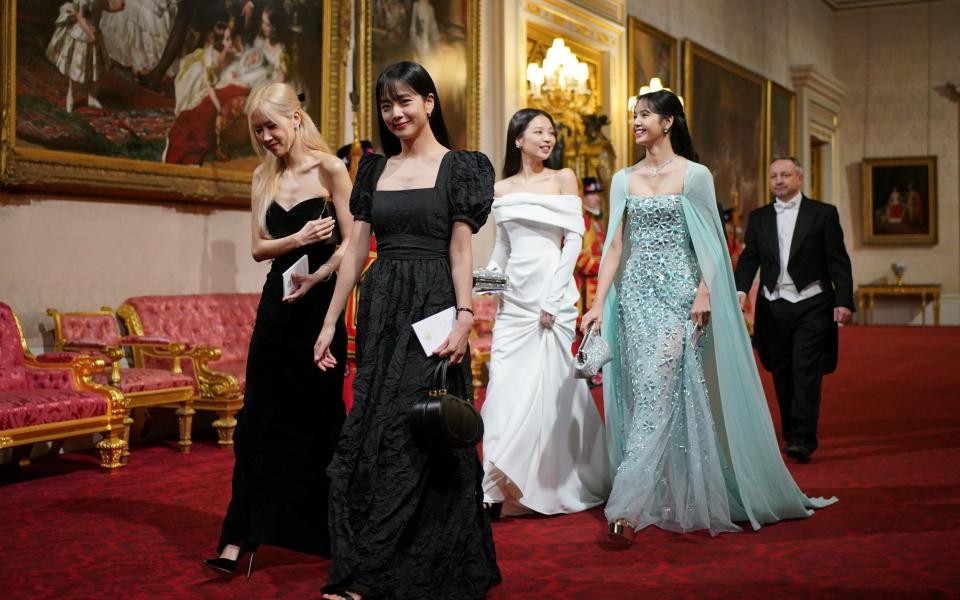
That’s because they are fashion royalty, clothed by the most powerful luxury fashion houses in the firmament. Thus Jennie Kim (82m Instagram followers) was dressed in a black tweed two-piece by Chanel, Jisoo (76.3m followers) wore a black peplum suit by Dior, Rosé (74.5m followers) wore a grey Saint Laurent trouser suit and Lisa (98.8m followers) who is Thai, chose a tweed dress and matching cape by Thai brand Asava.
While they might have been expected to look suitably formal when receiving medals from the King, Blackpink looked equally flawless at Tuesday evening’s state banquet, with some style-watchers opining that their evening gowns were even more suited to the occasion than the dresses chosen by more seasoned guests. Whether Lisa’s crystal-embellished ice blue Georges Hobeika gown was too reminiscent of Elsa from Frozen is unlikely to have troubled the Lebanese brand, for whom the global exposure was invaluable.
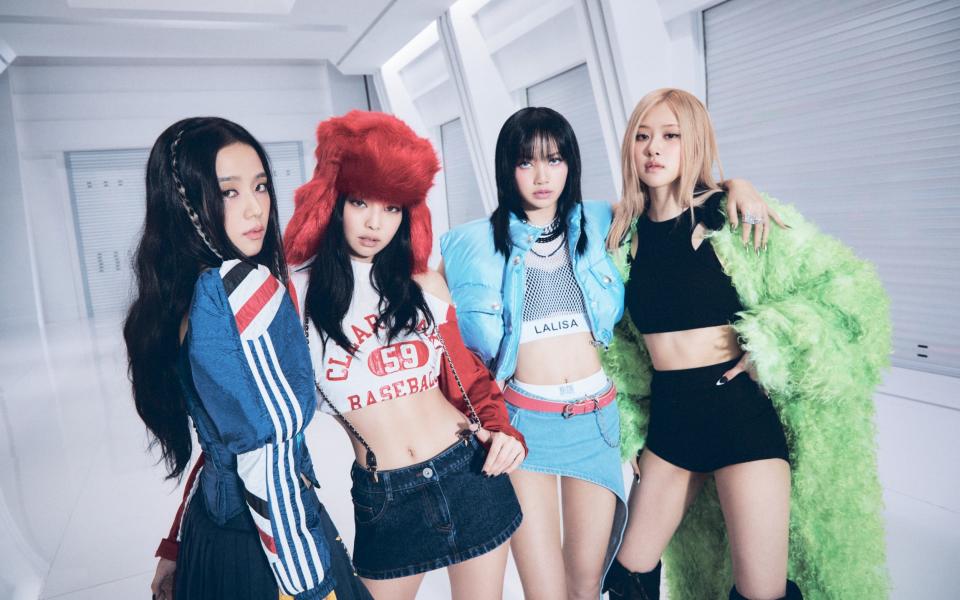
In 2023, global exposure is the name of the game. More than any other girl band in history, Blackpink have leveraged their music to build a mighty business empire, with each individual member using their vast social media followings to secure a dizzying array of contracts and endorsements of a magnitude that their predecessors – and most of their contemporaries – can only marvel at. As a band, they’ve worked with Adidas and Puma: individually, Jennie has been a Global Ambassador for Chanel since 2019, Jisoo has held the same position at Dior since 2021, and both women are ambassadors for Cartier. Rosé, meanwhile, is a brand ambassador for Saint Laurent and Tiffany, while Lisa has major deals with Mac cosmetics, Celine, Bulgari and Prada. A report by Hopper HQ this year calculates that she earns $575,000 per social media post.
It all makes you feel rather nostalgic for the Spice Girls, whose 1996 breakout video, Wannabe, made each girl look like the proverbial “hot mess”. Styling was minimal: rather than looking like a carefully coordinated quintet, each girl’s look was deliberately chosen to express her individuality. They may not have looked polished, but nor was that the point: relatability was the main aim, their clothes a visual semaphore enabling fans to pick the Spice Girl with whom they felt the most affinity. Football mad? Sporty Spice (Mel C) was your girl. Glamorous? Here’s Posh (Victoria Beckham) in a little black dress. Social media was yet to have been invented, fashion houses didn’t exactly beat the Spice Girls’ doors down, but it’s fair to say they did pretty well out of life without them. Whether anyone from Blackpink manages to build a bona fide luxury fashion brand, as Victoria Beckham has, remains to be seen.
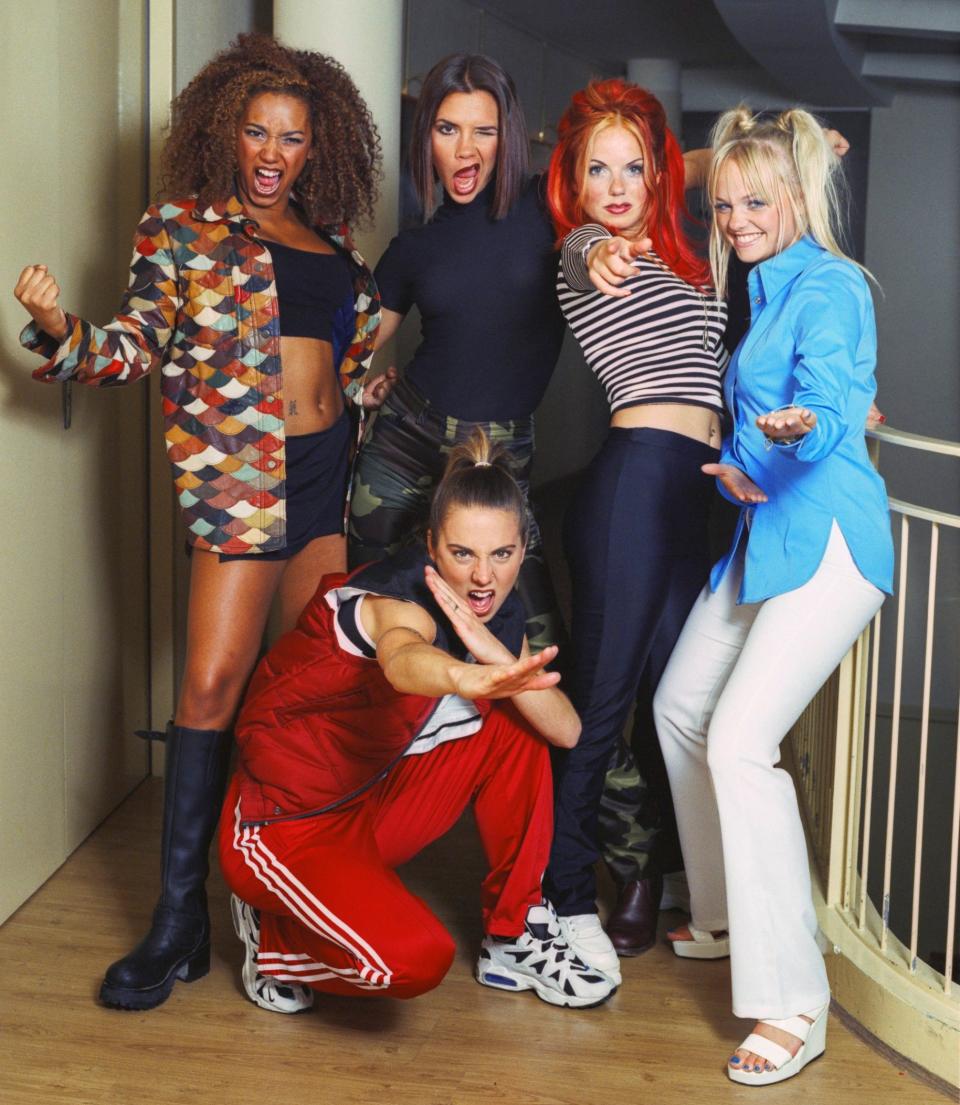
The 1990s was a golden age for girl bands, spawning not only the Spice Girls but Destiny’s Child, TLC, En Vogue, All Saints and the Sugababes. All of these bands deserve more credit for their influence on fashion, All Saints in particular for pre-empting the athleisure wear trend with their puffers, tracksuits and baseball caps, as well as being the reason that every Gen Z-er is currently teaming vastly oversized combat pants with a cropped vest top.
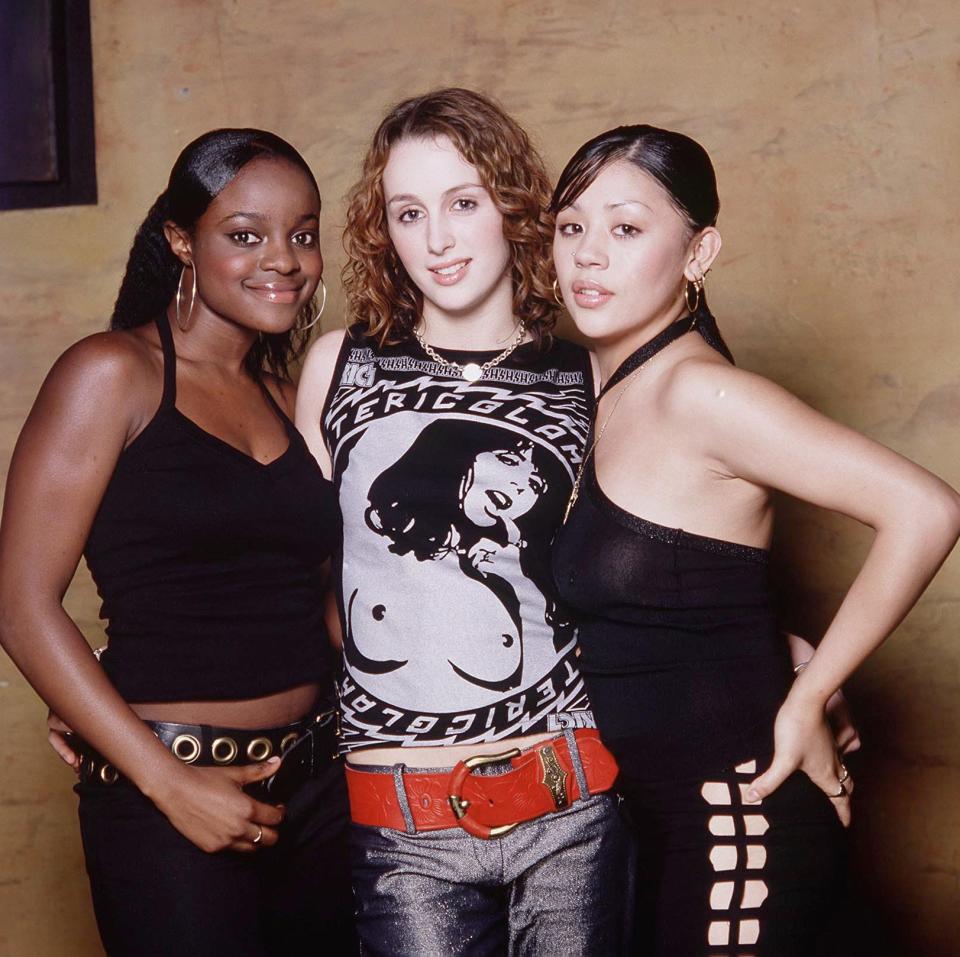
In their own casual way, All Saints were as calculatedly co-ordinated as The Supremes, the girl band to end (or rather, begin) all-girl bands, and another whose influence can’t be overstated. Destiny’s Child would be the first to admit that Motown’s most famous act, founded in 1959, had a profound influence on their own look, as well as that of countless other girl groups. As Mark Anthony Neal, professor of black popular culture at Duke University, North Carolina, has noted: “With The Supremes, we saw a vision of black middle-class respectability; of beautiful and glamorous black women that was rarely seen anywhere, especially on television, at that time.”
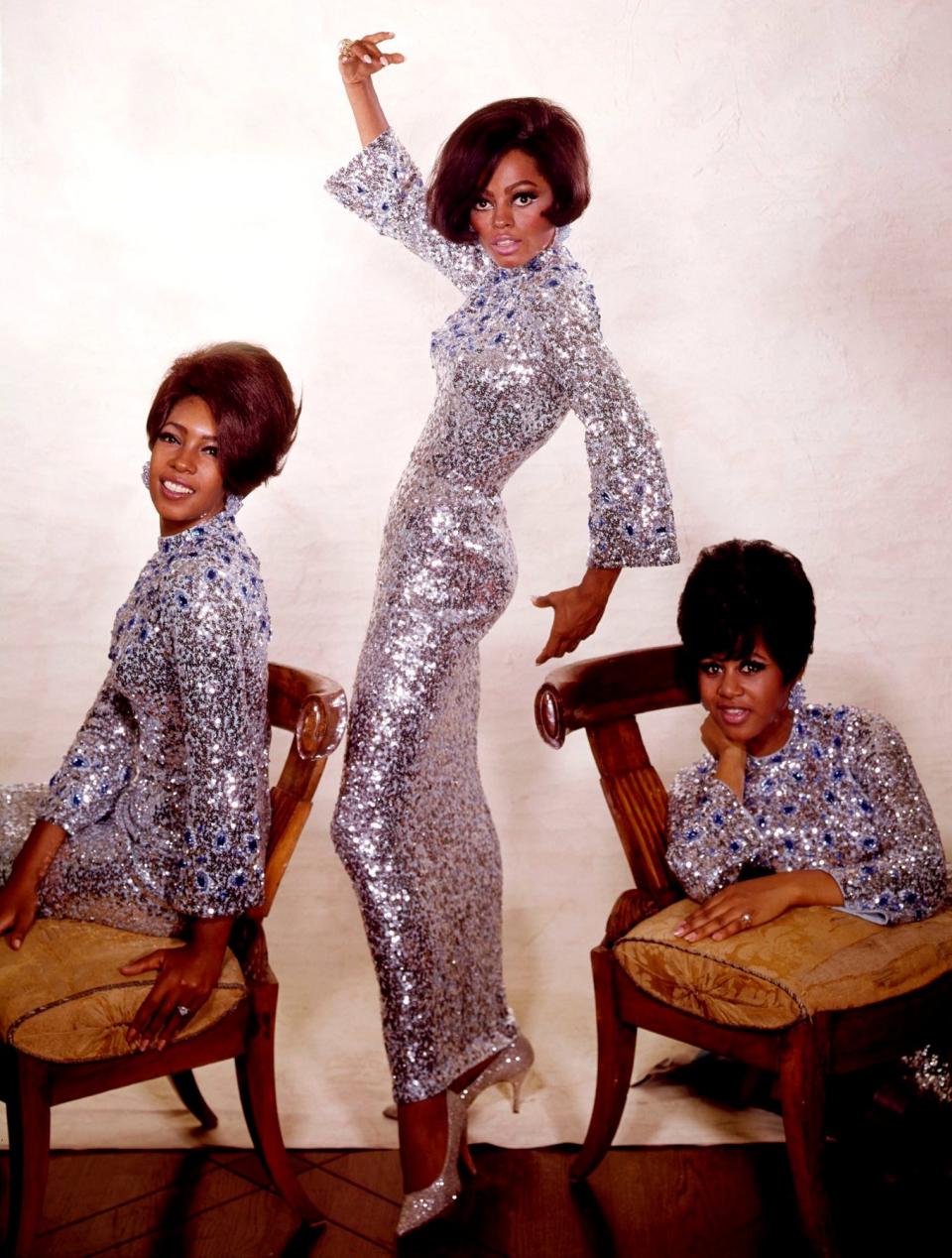
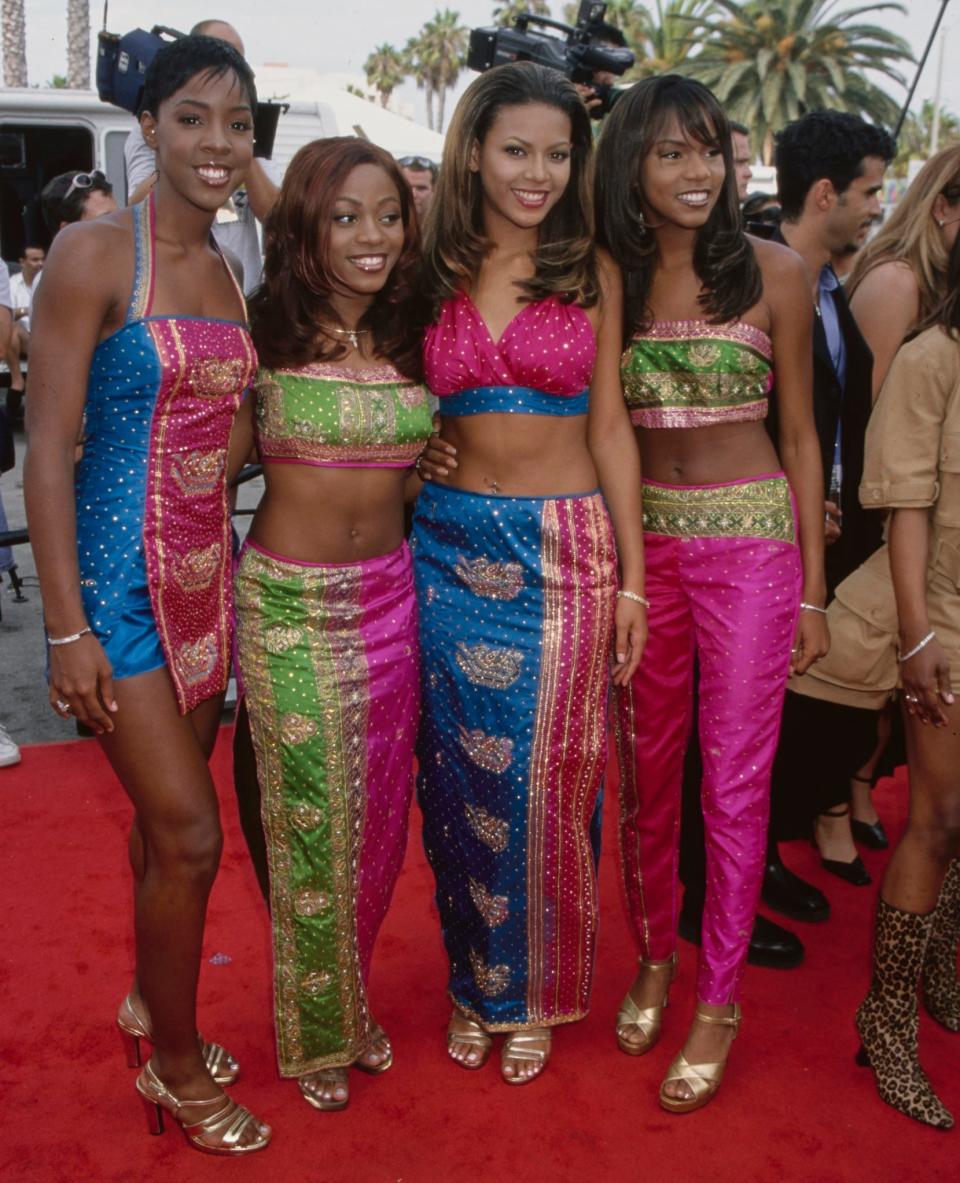
Though their line-up changed, The Supremes were anomalous in enduring for 18 years, a longevity not expected of the average girl band. As with boy bands, the prevailing wisdom was always that girl bands’ success would be fickle: that their fans would discard them like last year’s jeans as soon as they grew up. This hasn’t proved to be the case.
Girls Aloud is the latest girl band to announce that it’s reforming, its four remaining members (Sarah Harding tragically died of breast cancer in 2021) now dressed in fashion insider labels such as Vivienne Westwood (Nicola Roberts) and Veronica Beard (Kimberley Walsh). At a photocall the day after announcing their comeback, they looked more ready for a day at the office than a night on the town, the boob tubes and mini skirts of their Y2K heyday replaced by sombre tailoring.
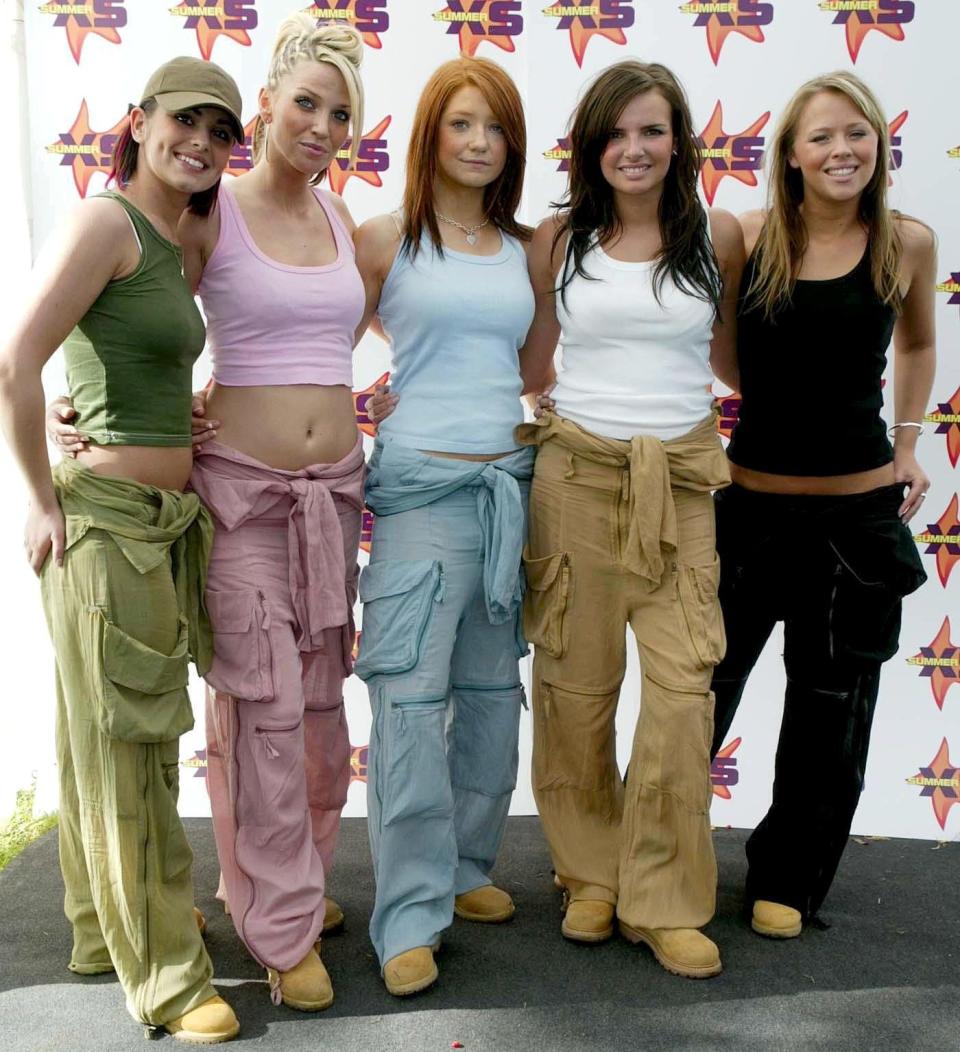
But Girls Aloud are in their late thirties and their forties now: it stands to reason that their style has evolved and grown up since they won Popstars: The Rivals in 2002. Nicola Roberts alluded to this in a recent Vogue interview, laughing at a gypsy skirt she once wore and quipping “I think we must have dressed ourselves that day.”
When I interviewed Little Mix in 2021, they spoke thoughtfully of how their style had changed since winning The X Factor in 2011, and how difficult the topic had been to navigate. “Women are so sexualized,” noted Perrie Edwards, now 30. “But if you want to embrace it, and feel really sexy and put yourself out there, it’s frowned upon. You can’t win. You cover up in baggy hoodies because you’re a bit insecure and don’t want it [your body] spoken about, and they complain about that as well. It’s really hard to find a balance, because you’re never going to please everybody.”
The answer, presumably, is to please yourself. And if you can bank a few blue chip endorsements and brand ambassadorships along the way, so much the better. While the judgment-heavy pressure of social media has led their personal style to be less personal than it used to be, there is still so much to love about girl bands. Our wardrobes would be far duller without them.

